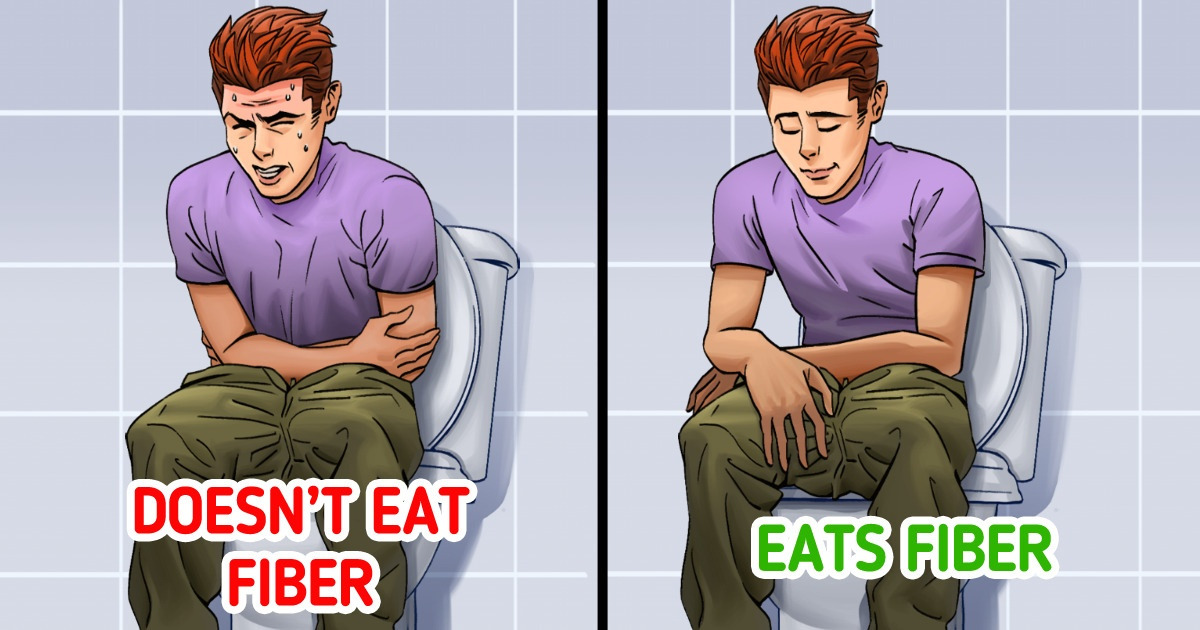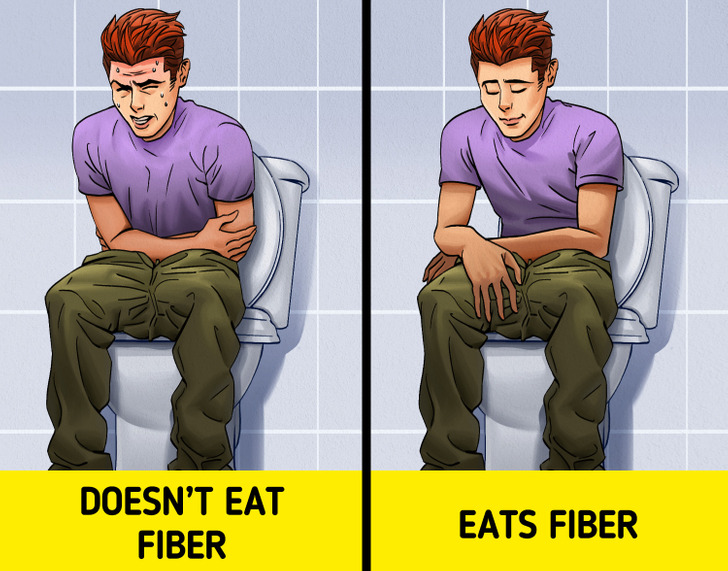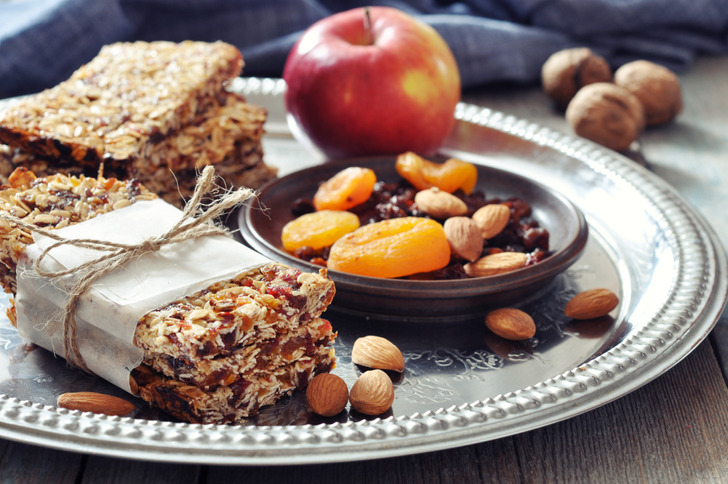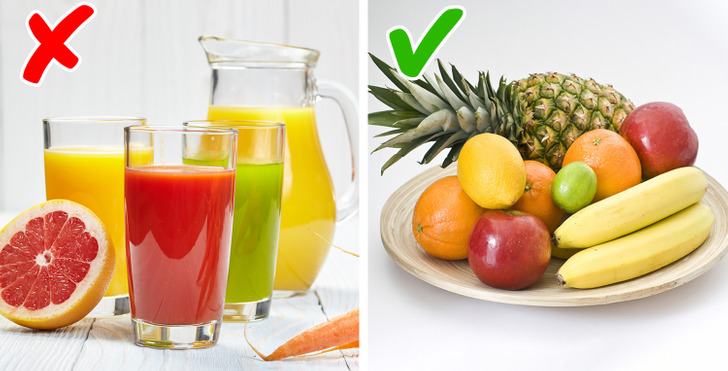What Fiber Is, and Why Our Bodies Need It

We often hear phrases like “high-fiber foods” or “low-fiber foods.” We tend to think that fiber is a component whose presence in food is important. But why?
At 5-Minute Crafts, we decided to find out what fiber is, and why our bodies need it.
What fiber is
Fiber is a carbohydrate found only in plant-based foods. But, unlike other carbohydrates (such as sugar, which is absorbed into the blood), or proteins and fats, fiber passes through our digestive tract and isn’t digested by the body.
Fiber is usually divided into 2 large groups:
- Soluble fiber, which dissolves in water, turns into a gel-like material. It’s found in oats, peas, beans, apples, citrus fruits, carrots, barley, and psyllium.
- Insoluble fiber, which, as the name implies, doesn’t dissolve in water. The sources of this fiber include whole-grain flour, wheat bran, nuts, beans, and vegetables, such as cauliflower, green beans, and potatoes.
Why we need it

It might be hard to understand — if fiber can’t be digested, why do we need it at all? And what exactly can we get from it? But it actually poses some benefits.
As mentioned above, soluble fiber turns into a gel by binding to water. This helps slow down the digestion process, which is very important during weight loss. In addition, it helps to soften the stool so it goes through the gastrointestinal tract more easily. But that’s not all: soluble fiber helps lower triglycerides and total cholesterol. It also helps control blood pressure and blood sugar levels.
Insoluble fiber doesn’t absorb water and dissolve. Instead, it passes through the body in almost the same form as it goes in. This added bulk (or “roughage”) helps keep your bowel moving, increases stool volume, and prevents or relieves constipation. However, in some specific cases, fiber may actually make things worse. If you have digestive problems, be sure to consult a doctor.
Amounts
Children and adults generally need about 1 ounce of fiber per day.
Here are some tips on how to increase the amount of fiber in your diet.
- Eat whole fruits instead of drinking fruit juices.
- Replace white rice, bread, and pasta with minimally processed brown rice and other whole grains.
- Add high-fiber foods to your meals: 1-2 tablespoons of almonds, ground flax seeds, or chia seeds to cereals.
- For breakfast, choose cereals that contain whole grains. Another tip: look at the nutrition information labels and choose cereals with 20% fiber or higher of the daily value.

